PARIS – Through the first four days, the French Open women's draw has been turned upside down.
The top two seeds already are out, victims of relative unknowns Garbiñe Muguruza and Kristina Mladenovic. A 19-year-old named Anna Schmiedlova took care of Venus Williams on Court Philippe Chatrier. And 18-year-old American Taylor Townsend, who earned her way to Paris by doing well at a series of minor-league events half a world away in the American south on a surface that isn't even true red clay, has announced her terre battue arrival with a big bang.
From the U.S., Spain via Venezuela, Slovania and France, these four mercifully don't all come from that same cookie cutter that's produced most of the players the last few years: the self-professed aggressive baseliner with varying degrees of proficiency on serve.
Another thing: you won't often hear from any of them that "clay isn't their best surface". They either don't mind it, or they flat-out love it. They're not beaten before they start. And in the women's game, with few so-called "clay-court specialists" and a raft of players who basically play the same on every surface, there's no need to fear it.
We include Townsend here because of her results, but in fact she's two years younger than the rest of the group and has only been a pro for a year and a half. Her ranking coming into the French Open stood at No. 205.
At the same time, the very uniqueness of Townsend's throwback game is what makes what has done all the more surprising; generally, it takes players who have a variety of ways to win points more time to put all the pieces of the puzzle together and chose the right way, at the right moments. On the other hand, that very variety, that extreme level of comfort in the forecourt and the pressure it puts on the opponent, is what can allow her to move up quickly.
Townsend has confounding variety and a lefty serve. Mladenovic and Muguruza are tall ones who can actually serve – that this is an accomplishment that needs to be highlighted is a sad fact, but another discussion entirely. Schmiedlova, no midget, moves with a silky grace that belies how quickly she gets to the ball.
In other words, they all have something. They are also, on the whole, a rather charismatic bunch. After her victory over Serena Williams and in a press conference afterwards that lasted nearly as long as the match, Muguruza got a chance to show off an impressive pair of dimples, and a sunny attitude that will serve her well in the more challenging moments to come.
While the players these youngsters have been beating are undeniably better and more accomplished, the kids already are good enough that the top guns can't afford to have a bad day and still win.
Here's a quick look at the new crop.
Taylor Townsend
A year ago, the American was here for the junior event, the first of three straight times she would lose to an even more highly-touted youngster, Switzerland's Belinda Bencic. (Two years ago, as an aside, she lost to Schmiedlova).
Suddenly, Townsend is a thing, having beaten countrywoman Vania King, a solid pro, by reeling off 12 of the last 13 games of a 7-5, 6-1 victory then taking out No. 20 seed Alizé Cornet, a very good player with the advantage of the home-country crowd.
Gone are the hair ribbons and braces that were Townsend teenage trademarks, replaced by a short, practical haircut and a Nike bandanna to keep it in place.
THE TOWNSEND GAME: Well, let's let Cornet tell it.
"A very unpredictable match because she's an unpredictable player. She can pull out absolutely spectacular shots. She has a strong lefty backhand, she's very aggressive. She takes the ball very early, she's very good at the net. She moves very well. I had a lot of trouble returning her serves because she puts a lot of spin on it. She hit very, very hard to my forehand."Garbiñe Muguruza
The name is a bit of a tongue-twister. And the nationality (born in Venezuela, raised in Spain, and will make a decision who she'll represent in Fed Cup this fall) is to be determined.
But clearly Muguruza had believers long before she took to Court Suzanne Lenglen Wednesday and trounced a shocking facsimile of Serena Williams. Muguruza took a different route, foregoing the junior circuit for the most part and not doing much of anything impressive when she did play it.
At age 15, she had already won a lower-level ITF tournament. In her only junior Grand Slam appearance, Muguruza qualified and lost in the second round in Paris four years ago to Lyudmyla Kichenok of Ukraine.
When she was gifted with a main-draw wild card into the Sony Ericsson Open in Miami two years ago, most people's reaction was, "Huh? Who?". But when she went on to defeat a top-10 player in her second-ever WTA Tour main-draw match, No. 9 Vera Zvonareva, then Flavia Pennetta on her way to the fourth round, it opened some eyes.
An ankle injury sidelined her for the second half of 2013; she had surgery on it during Wimbledon. That slowed down her ascent, but now Muguruza has announced her arrival on a big stage.
THE MUGURUZA GAME: She's verytall, a six-footer. But as with most of the new crop, she still can move. She hits a nice, heavy ball. There's no one outstanding weapon or characteristic. She's just good. And she can serve.
Kristina Mladenovic
Another six-footer, Mladenovic is the only one of the bunch who already has significant Grand Slam experience. Her liaison with Canadian veteran Daniel Nestor – old enough to be her father, although one might not want to bring that up to him – already has produced a Wimbledon mixed doubles trophy and an Australian Open mixed trophy to display on her mantlepiece. She and Nestor were in the mixed final in Paris a year ago.
Mladenovic also has done well in women's doubles, as high as No. 13 in the world last summer and currently at No. 24, playing often with Italy's Pennetta. At 21, she already has nine WTA Tour doubles titles to her credit.
Born in France to Serbian parents who passed along great athletic DNA (according to her WTA bio, which admittedly can exaggerate parents' accomplishments at times, her mother played pro volleyball and her father played pro handball), she was the French Open junior champion five years ago defeating, among others, American Sloane Stephens in the semifinals.
She was a Wimbledon junior finalist that year as well, with a solid list of next-generation conquests: Genie Bouchard in the first round (7-5 in the third set), American Sachia Vickery, Stephens again (6-1, 6-0 in the quarters). She lost to Noppawan Lertcheewakarn, who beat everyone in the juniors but has yet to break through in the pros.
Mladenovic was up as high as No. 36 in the WTA Tour rankings before last year's U.S. Open. But her biggest problem has been consistency from week to week. Flashy, platinum blonde and full of charisma in five languages, Mladenovic wants the spotlight badly, but as yet she's still to understand exactly how much daily work goes into earning it, getting it, and keeping it.
THE MLADENOVIC GAME: The biggest thing? An actual serve. Also, a fearless player, a flashy shotmaker who will eventually figure out – at least, you hope – how to temper that a little bit with that basic tenet of tennis, which is to get the ball over the net one more time than your opponent.
In 2012, she got to the third round at the U.S. Open and won a Tour event in Taipei. Right now, she's out of the top 100 (but won't be, after this tournament) As the French daily sports newspaper l'Équipe put it after her victory: "Mladenovic, who dreams only of the heights, sometimes has stunned people with statements completely out of proportion with her results. But that unshakable belief in her destiny also makes her a fierce competitor. And ferocity pays off."
At the Australian Open, playing the deuce side with the lefty Nestor, we witnessed Mladenovic taking a pretty good serve from longtime men's doubles star Leander Paes and crush it across her body and right down the line, past a completely flabbergasted Paes. She didn't just do it once, either.
Like most French players, she has a solid idea of what to do on the tennis court, how to play tennis as opposed to just hit tennis balls, and every shot she needs.
Anna Schmiedlova
The 19-year-old from Slovakia was as shocked as anyone when she ended up on Court Philippe Chatrier Wednesday and defeated Venus Williams in three sets.
Williams's effort from tournament to tournament is an unknown quantity these days; at nearly 34, dealing with Sjogren's disease, she's basically just happy to be there even if she obviously has designs to compete at the highest level.
Schmiedlova is the most "typical" of this young group, and one who had the most typical path to the pros. She got to No. 10 in the ITF junior rankings and reached the French Open junior final two years ago, defeating Townsend in the third round and losing to Germany's Annika Beck in the final. It was a good junior career, not great, and that's pretty much where it ended as she headed out on the pro circuit.
She was bypassed last month during Fed Cup, when the Slovaks traveled to Quebec City to face Bouchard and Team Canada without the presence of their top two three players (Cibulkova, Hantuchova and Rybarikova).
Instead, the captain chose the lower-ranked Kristina Kucova, who lost in the first round of qualifying in Paris and Jana Cepelova, who had just had a breakthrough tournament on the clay in Charleston, beating a sub-par Serena Williams before losing to Andrea Petkovic in the final.
THE SCHMIEDLOVA GAME: It is nothing out of the ordinary, really, but it's consistent. Schmiedlova doesn't overdo things, which is a mature attitude many of her contemporaries don't share; and she moves absolutely beautifully for a player listed at 5-foot-9 and 140 pounds.
Honoary mention on this list goes to Ajla Tomljanovic of Croatia, another of the 1993-94 crop who turned 21 a few weeks ago.
Tomjanovic, who trains out of Chris Evert's Academy in Boca Raton, Florida, has defeated former French Open champion Francesca Schiavone and No. 32 seed Elena Vesnina of Russia in her first two rounds
She also, it's worth noting, defeated Muguruza in the first round in Miami in March and Mladenovic in the first round in Strasbourg, France 10 days ago. We've always put her in that little group along with Muguruza and Mladenovic, because the girl can serve. But she, like Mladenovic, has struggled to keep it consistent from week to week.
That's the bottom line, really. You can get excited about one good win, one good week, and be tempted to anoint any one of these players the next big thing. But they have to do it in Baku, Azerbaijan, with five people in the stands and absolutely nothing familiar on the room-service menu. And they have to do it in Washington, D.C., with oppressive heat beating down on their usually capless heads. And the week after that, and the week after that.
Until then, it is what it is: a good week.
|
|
|
Results 1 to 1 of 1
-
05-29-2014, 08:00 AM #1Administrator



- Join Date
- Jun 2007
- Location
- Canada
- Age
- 49
- Posts
- 60,886
- Blog Entries
- 3
- Downloads
- 9
- Uploads
- 12429
 Townsend, Muguruza, Mladenovic, Schmiedlova: who are these French Open bracket buster
Townsend, Muguruza, Mladenovic, Schmiedlova: who are these French Open bracket buster
Similar Threads
-
French Open Day 4 preview
By admin in forum Sports NewsReplies: 0Last Post: 05-28-2014, 08:00 AM -
Why don't they use the replay gizmo at the French Open?
By Mark Holograf in forum GadgetsReplies: 0Last Post: 06-04-2010, 09:00 AM -
Open Letter To Conspiracy Buster?
By alexarainbird in forum Predictions and PropheciesReplies: 2Last Post: 10-30-2008, 05:42 PM -
Venus willams, why she could never win a french open?
By tennislover in forum LGReplies: 0Last Post: 10-22-2008, 01:11 PM -
Who will win French Open ?
By Luffy le pirate in forum Sports ClubReplies: 0Last Post: 06-04-2008, 11:11 PM




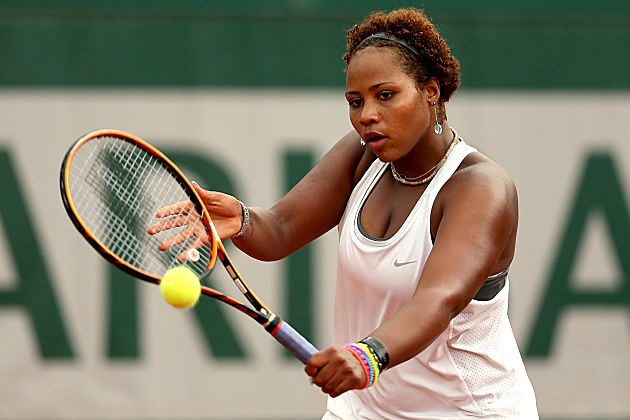
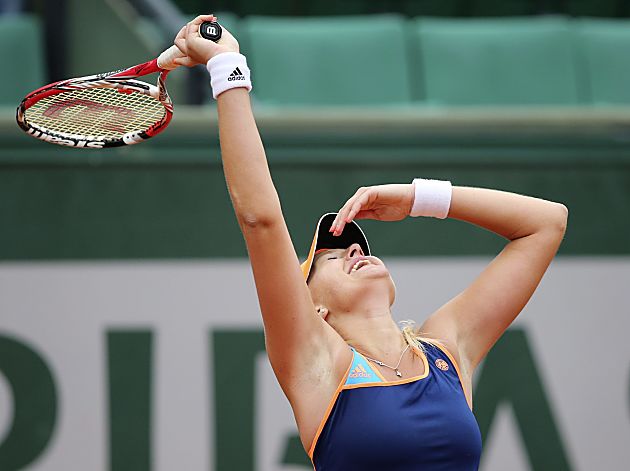
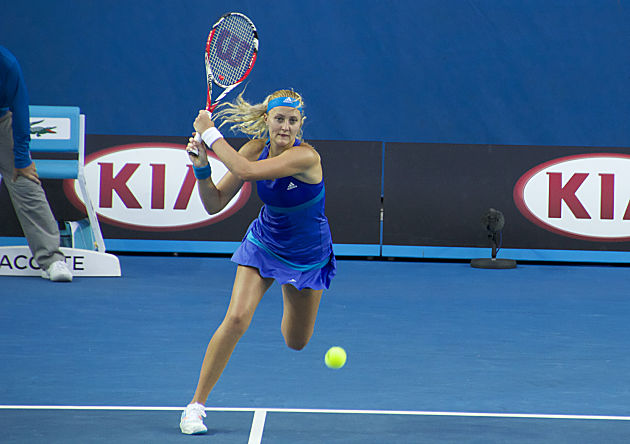
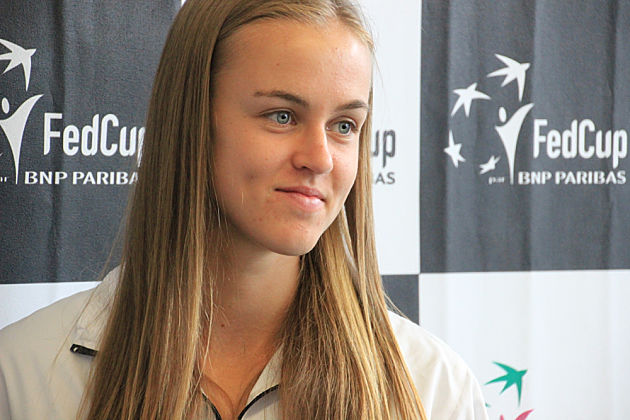
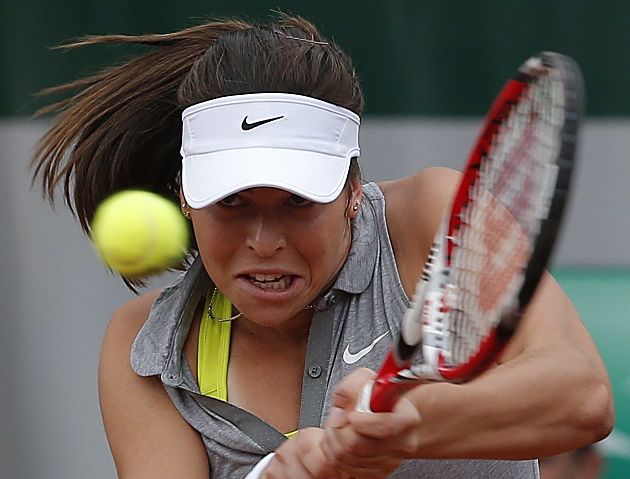

 Reply With Quote
Reply With Quote
Bookmarks